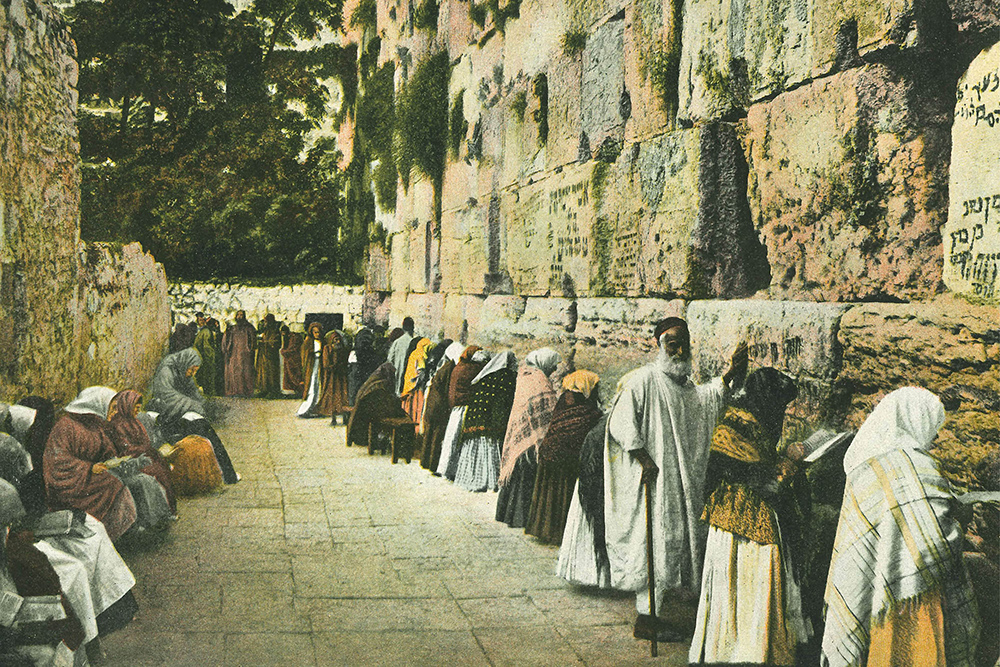

Yiddish has been a feature of Jewish life in the Land of Israel for much longer than people think. Prior to the 19th century, Ashkenazim were a tiny minority within the Jewish community in Palestine, which itself comprised a small percentage of the region’s population. There is, however, evidence that Yiddish was spoken in Palestine as early as the 16th century. What’s more, the Ashkenazi community spoke a unique dialect of Yiddish, with many words and phrases absorbed from Arabic, the dominant language in Ottoman-ruled Palestine.
The rise of Zionism in the late 19th century and an increase in Jewish immigration to the Land of Israel brought about a different attitude towards Yiddish. Hoping to break with the past, early Zionist ideology was very much opposed to Yiddish culture. The new “muscular Judaism” of Zionism was created in contrast to allegedly weak diaspora Jews, who were associated with Yiddish, the most broadly spoken Jewish language worldwide. Some Zionists actively combatted Yiddish through propaganda, protests, and violence, while Zionist Yiddishists created a new type of Palestinian Yiddish literature, examples of which form the core of this exhibit.
Through: May 30
Entry: Free
Mon-Wed: 9:30am-4:30pm
Thurs: 9:30am-8pm
Fri: 10am-3pm
Sat: Closed
Sun: 11am-5pm